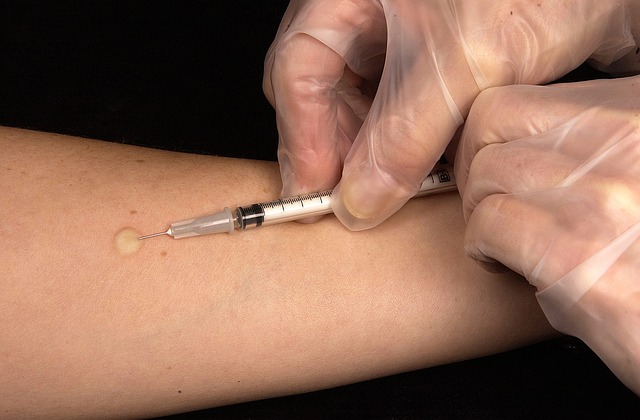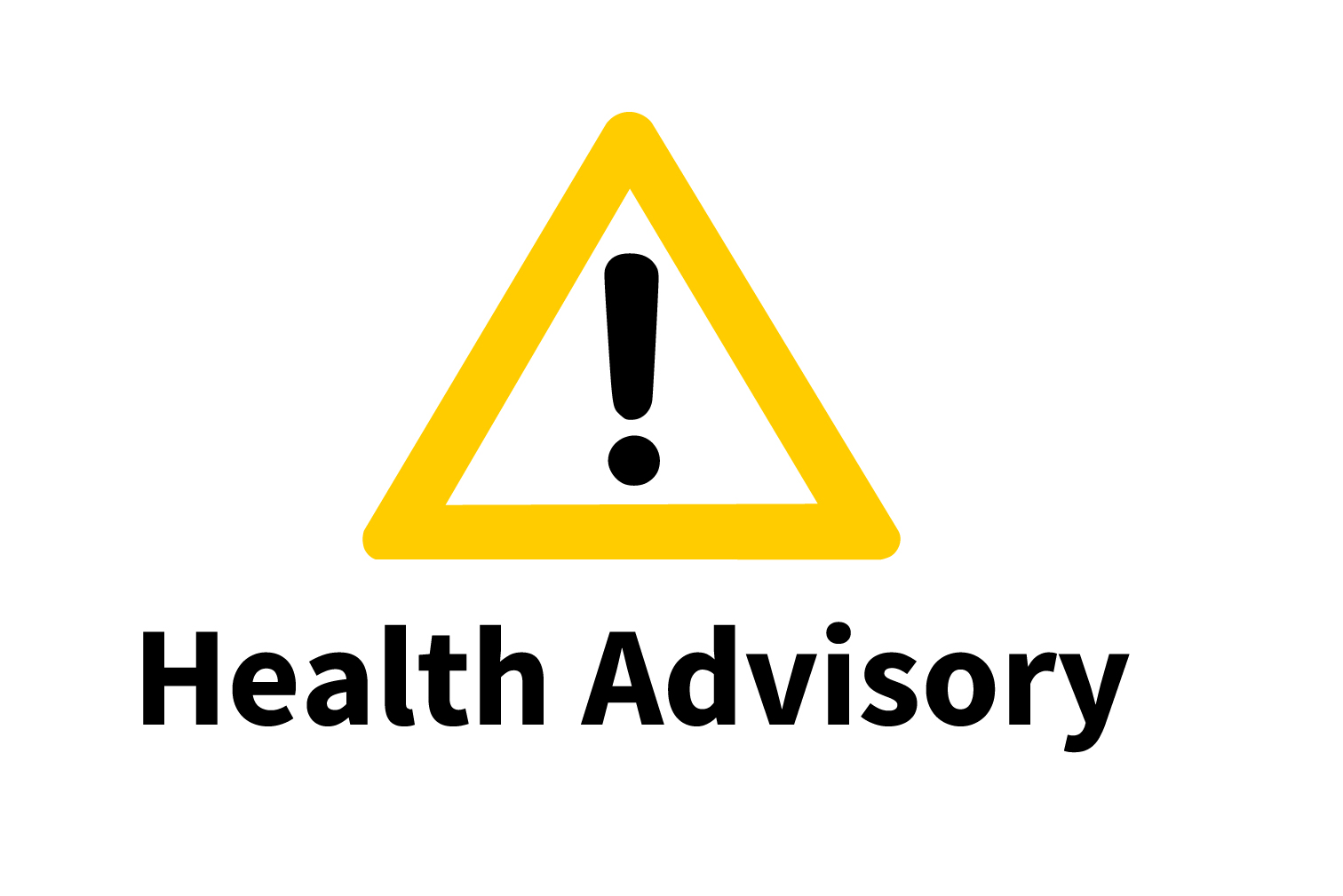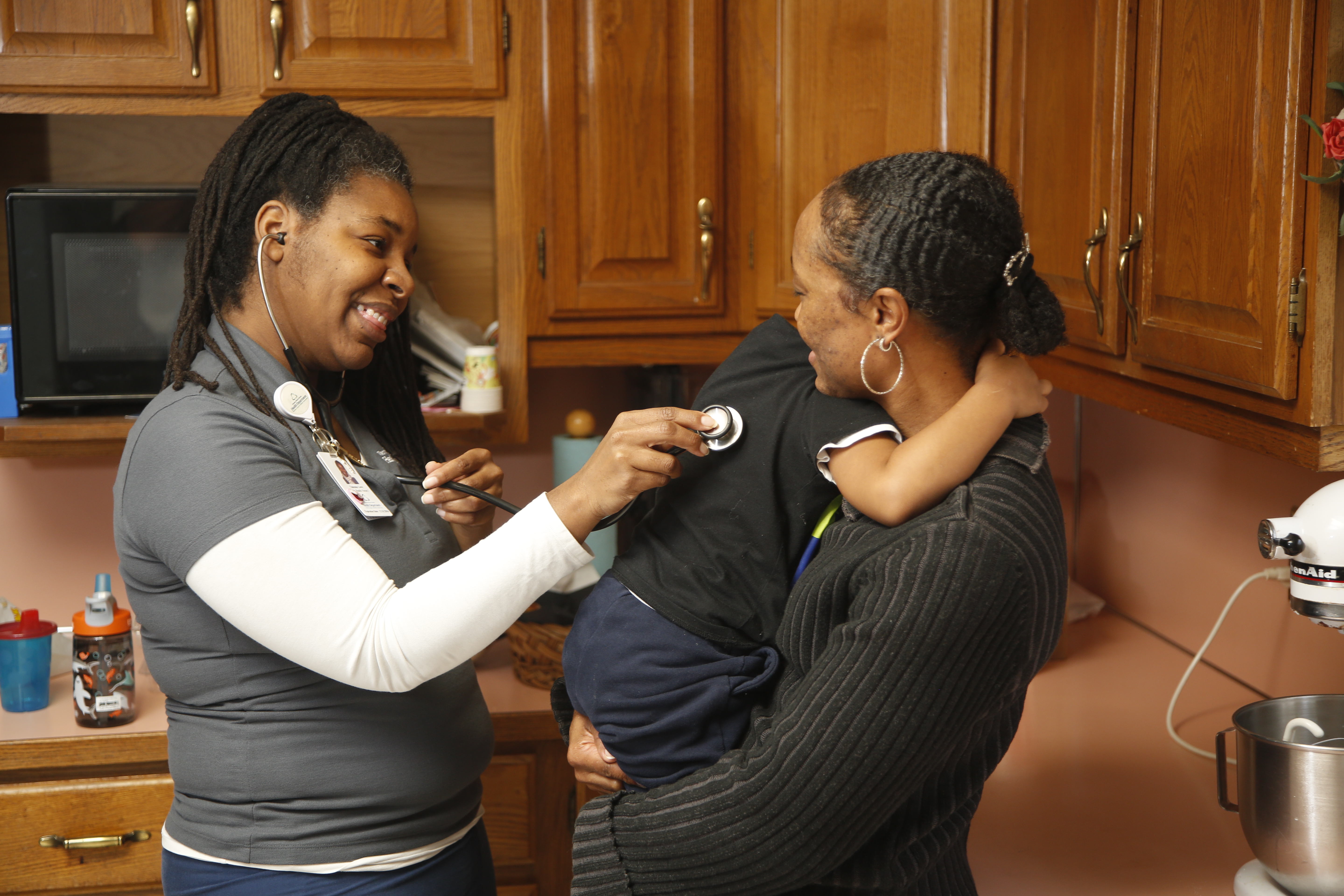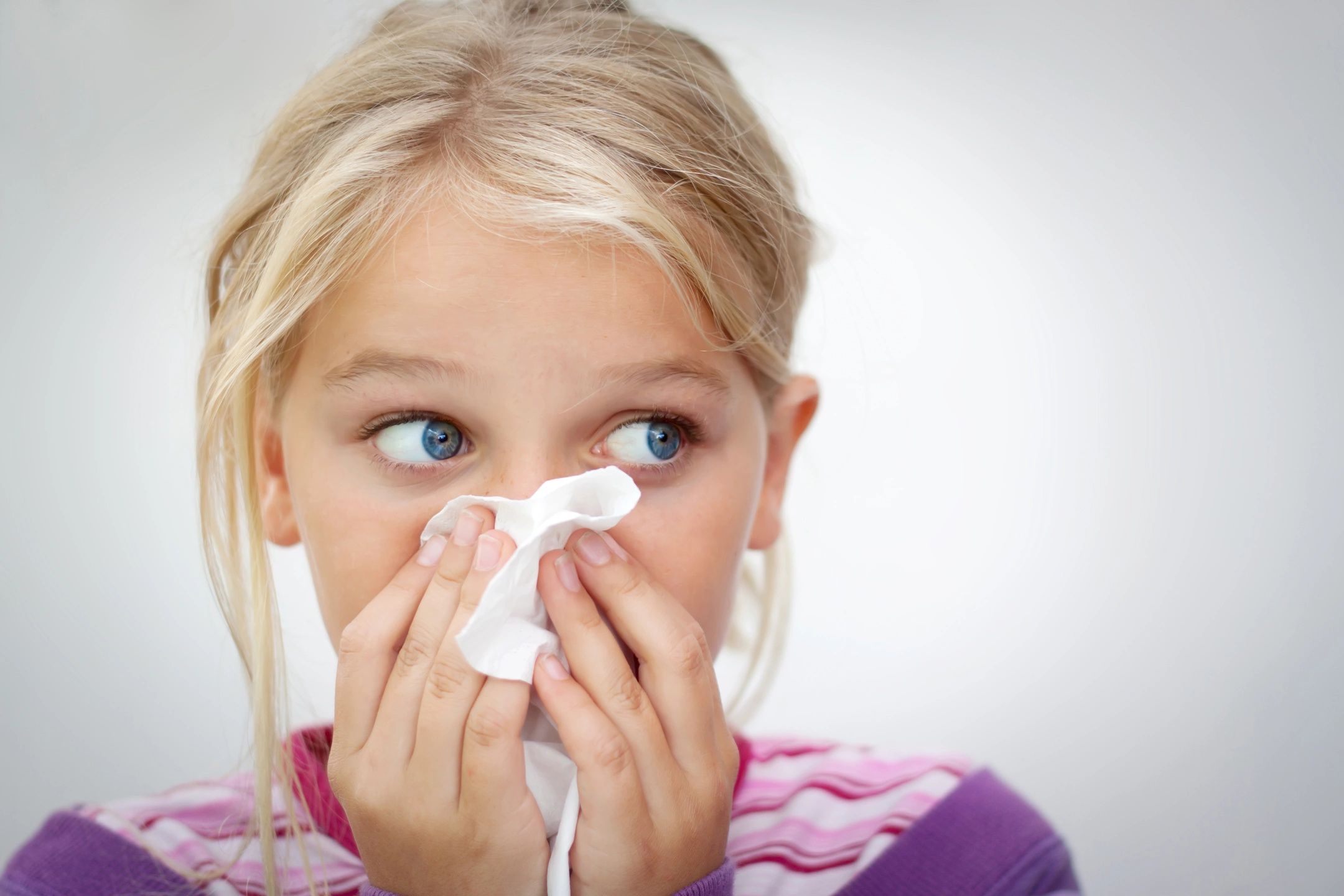03/27/2024 Health Advisory: Measles Increasing in Washington, the Nation, and the World
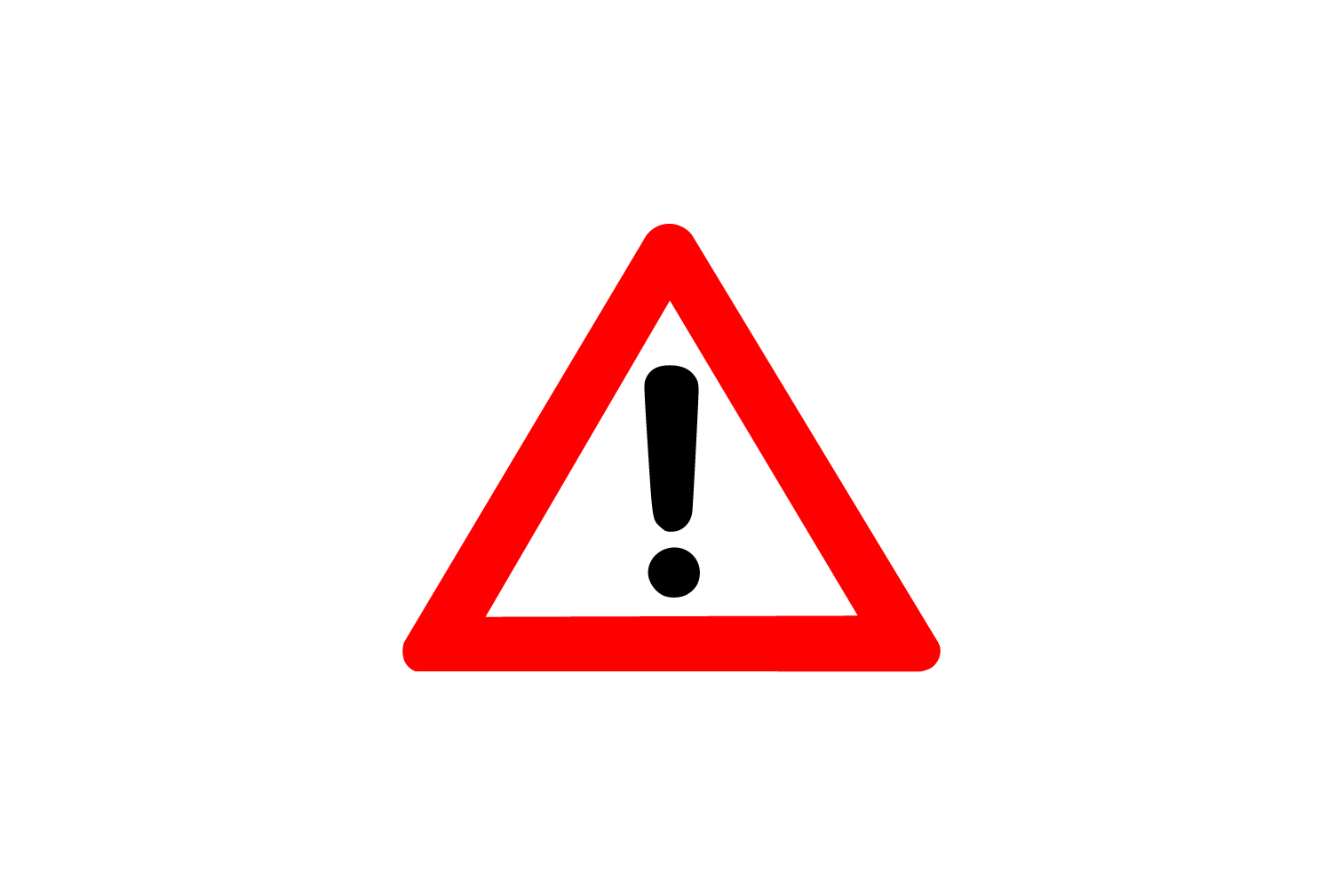
Summary Background Measles is a highly contagious viral illness that can lead to severe health complications, like pneumonia, encephalitis, and death, especially in unvaccinated people. Measles outbreaks have occurred in Washington, the United States, and around the world in 2024. Outbreaks often start when an unvaccinated or under-vaccinated person is exposed during international travel and … 03/27/2024 Health Advisory: Measles Increasing in Washington, the Nation, and the World



